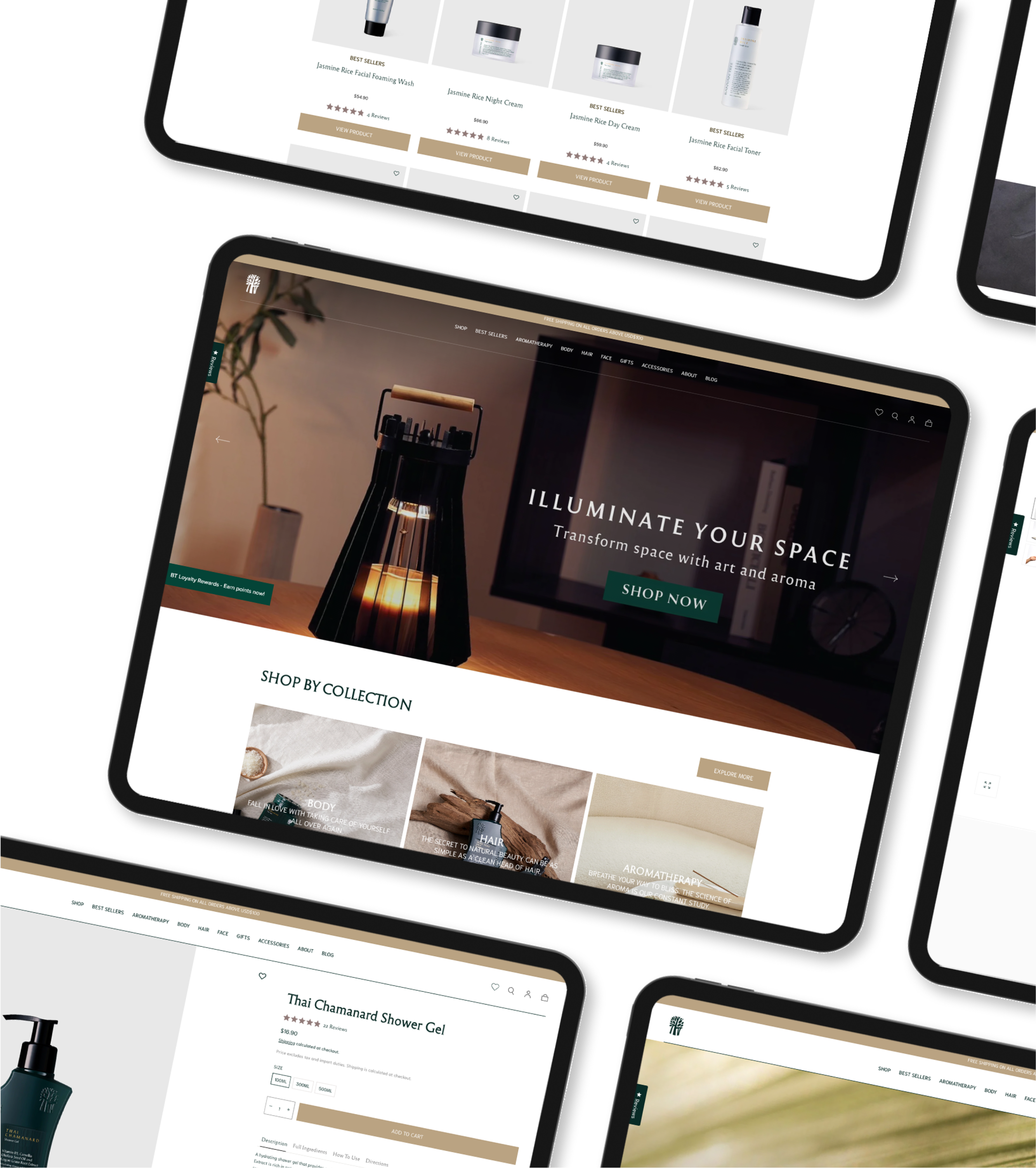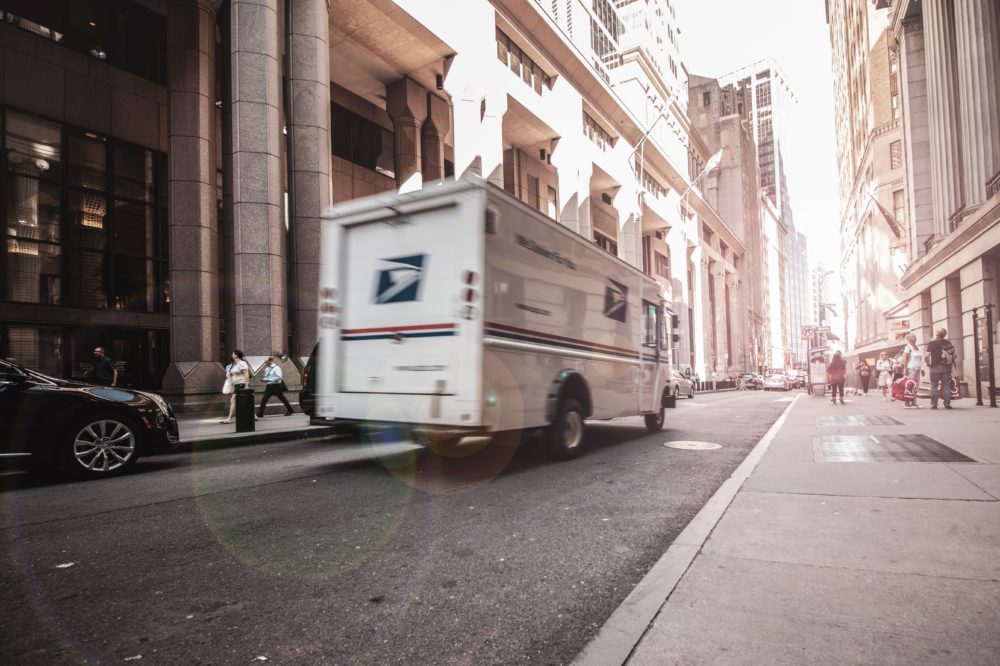Visual Search and how to optimise product images for your online store.
By 2021, early adopter brands that redesign their websites to support visual and voice search will increase digital commerce revenue by 30%.
Visual search has been available to smartphone users for a number of years and is built into most search engines and social media platforms. The technology leans on Artificial Intelligence and Machine Learning, and is constantly improving.

With the rapid growth of mobile-first technology and smartphone users, visual search technology is vastly improving customer experience and providing fast, accurate shopping options. Visual search is being utilised by some pretty big players online at the moment with incredibly powerful options from Pinterest, Google, Bing, Amazon and Snapchat.

What is Visual Search?
Visual search allows consumers to search for an item or product using an image or a photo and using AI, the search engine or app will return exact, similar or recommended results based on the image submitted. Visual search eliminates the need for keywords or guessing what a product might look like, it also reduces friction between search and checkout within the customer journey.
How often have you seen a fellow commuter on your bus with a killer pair of sneakers, wondering where they got them? You can just take a photo of them and use a visual search to find and purchase them in a matter of seconds. Brilliant.
Just how accurate is visual search?
In the last two years, Google lens has expanded to identify over 15 billion items. The update was specifically designed with online shopping at the focus. With this number growing constantly, the likelihood of Visual Search being accurate is high.
Why you should optimise for visual search

A study conducted by ViSenze found that 62% of Gen Z and Millennials consumers surveyed waned visual search more than other types of search. Furthermore, 80% of those surveyed revealed that they discover new products via their mobile devices whilst out and about. If the majority of your target market are Gen Z and Millenials then you better get optimising for visual search! Furthermore, Pinterest reports that there are 600 million visual searches using their pinterest lens every month, and 80% of pinterest users start with a visual search when making a purchase decision.
How to optimise your product images for visual search in eCommerce.
1.File names – Make your file names specific and accurate. Search engines will consider these when conducting a search.
2. Alt Text – Alt text is one of the biggest ranking factors for SEO as it tells a search engine exactly what the image is. If the image fails to load the alt text is what will show. Use descriptive language here and include important keywords as well as your brand name. Consider if a customer was searching for your product, but was searching with a similar image as they didn’t know the exact name or brand to search.
4. Title Tag – Not as important as Alt text, but a title tag should still be relevant and descriptive
5. Image size & quality – this one is extremely important. Images should not be blurry and products or items within the image should be clear. Colours should be accurate and your lighting should be considered. It is important to ensure that your image size is reduced as slow loading images will hurt your SEO.
To reduce image file size without reducing quality we recommend using a free online tool like TinyPNG
6. Image variety and qty – As visual shoppers, your consumers will want to see multiple images of your products. Try o include multiple angles and views of your products. Think about what your customer will want to know about your product, try to answer any questions they might have with a visual aid. It also helps visual search engines to understand what your product is. If your product has a branded label or logo, make sure you have included an image of this too.
7. Image Sitemap – Just like page site maps, image sitemaps make it a lot easier for Google to identify, crawl and index your images. This means that the likelihood of your product images showing in a visual search will be much higher with an image sitemap.
How can I utilise Visual Search from my physical store?
If you operate a physical store as well as an online store for your business, your customers may conduct a visual search whilst in your store. Let’s say Sally finds a shirt in your store that she absolutely loves but it is sold out in her size. She can use visual search to be directed exactly to the product page on your website which has her site in stock and offers free overnight shipping. Your product page might even recommend a matching pair of earrings that will go great with the shirt. She adds both to her cart and purchases both, all within 5 minutes. Sally is stoked and you’ve just increased her order value. Win, win.
The good news?
If you’re already following SEO best practises on your eCommerce site, your images should already be optimised for Visual Search. It might be a good idea to get creative with your product images, how can you ensure that your image is the one that a customer chooses?




